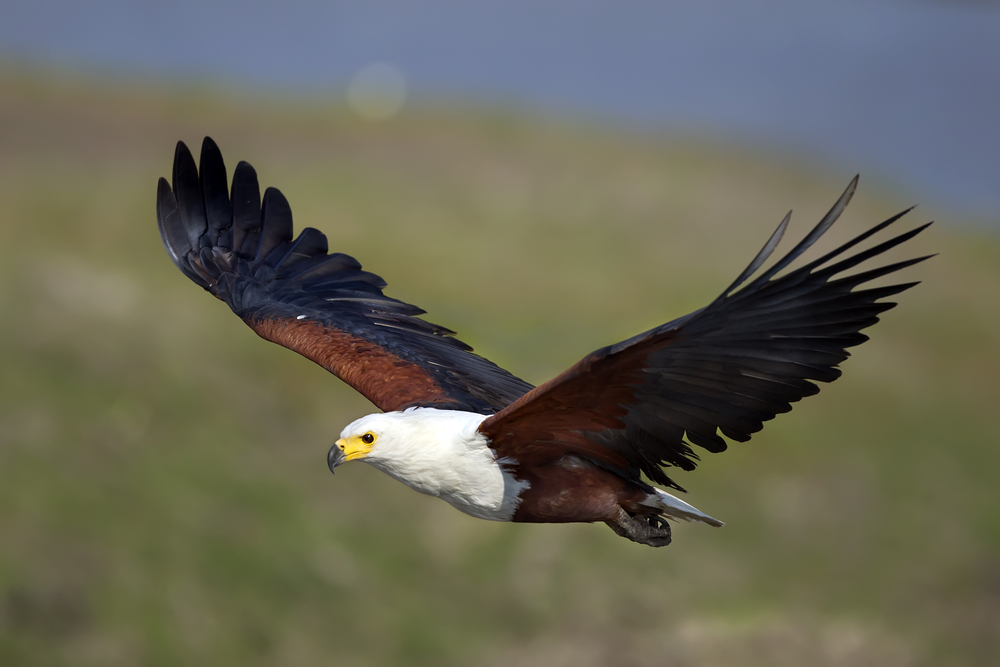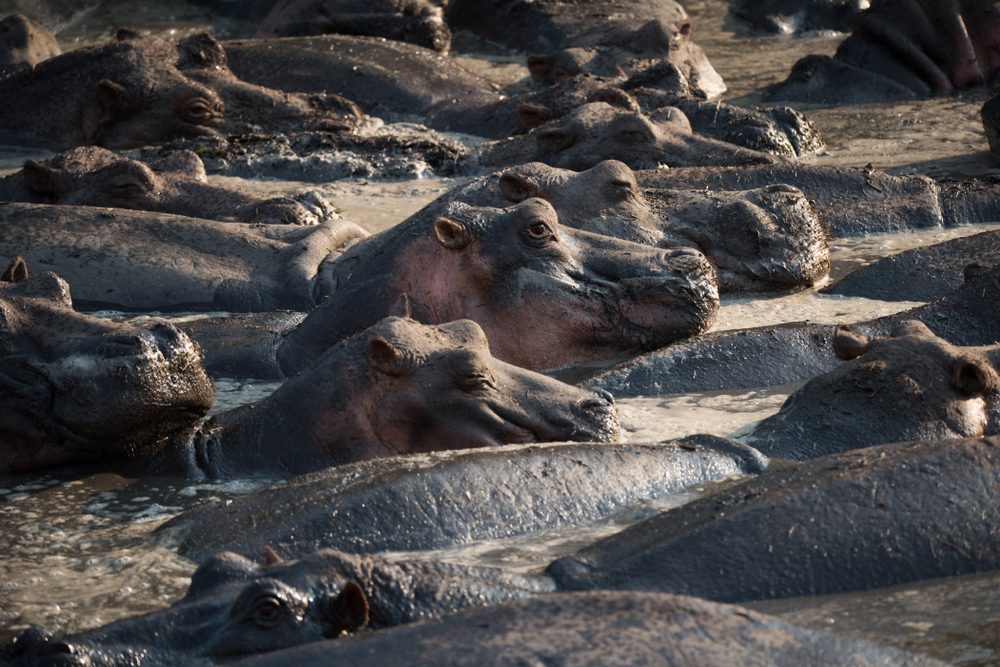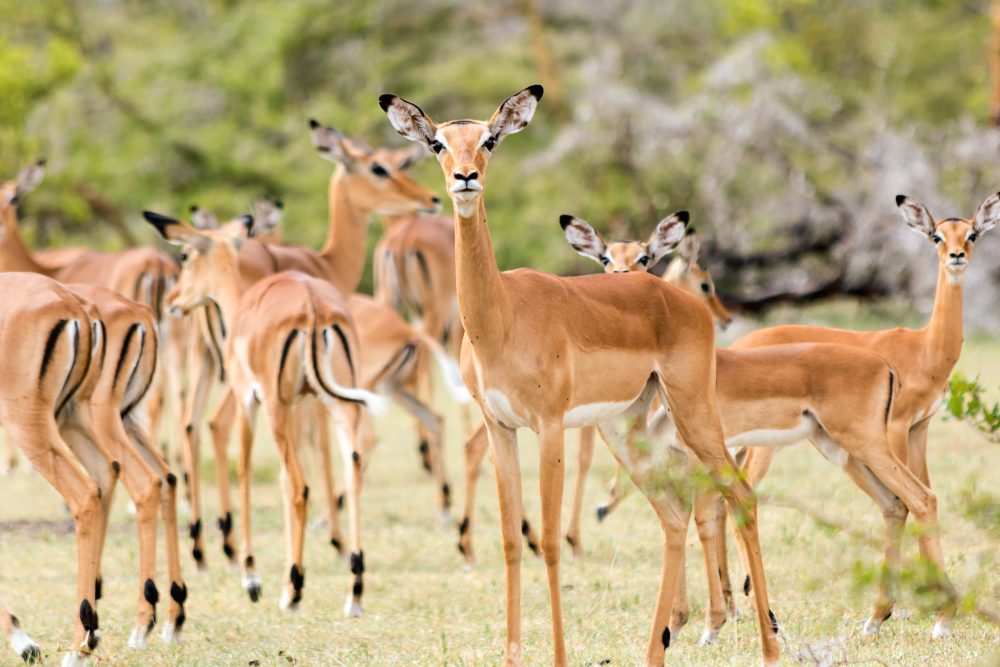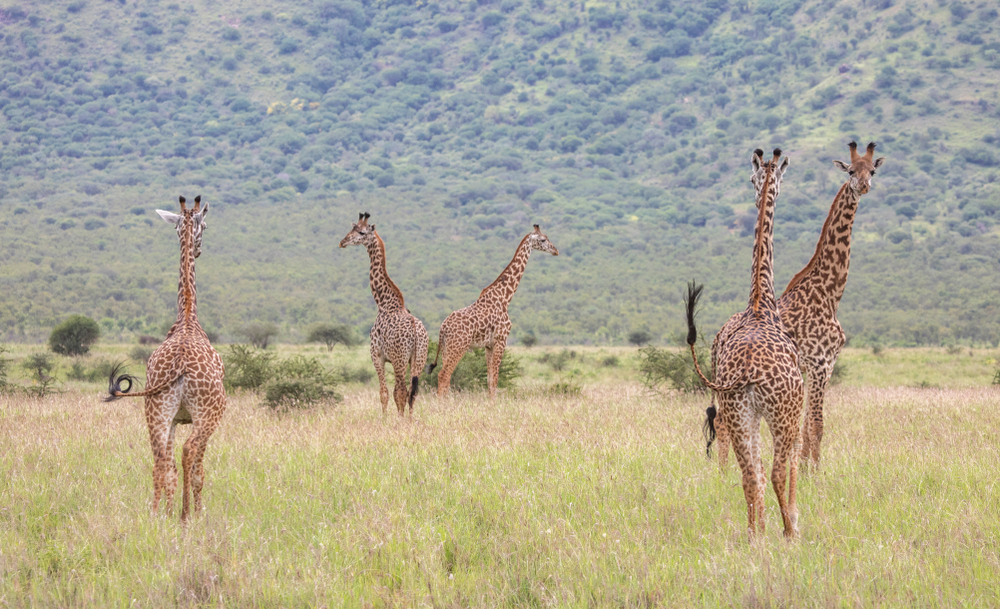Saanane Overview
Saanane National Park, locally known as Hifadhi ya Taifa ya Saanane, is a tranquil island sanctuary located on Lake Victoria near Mwanza, Tanzania’s second-largest city. Covering approximately 2.18 square kilometers (0.84 square miles), this compact yet diverse park is the smallest national park in Tanzania and the first to be established on an island. Despite its size, Saanane offers a serene escape filled with stunning natural beauty, unique wildlife, and recreational activities, making it an ideal destination for nature enthusiasts and urban explorers alike.
The park is composed of Saanane Island, two smaller islets, and the surrounding waters of Lake Victoria. Its landscape is characterized by rocky outcrops, gently sloping hills, and lush vegetation. The island’s granite rocks offer picturesque viewpoints overlooking the vast expanse of Lake Victoria, especially during sunrise and sunset. While the park does not feature waterfalls or towering mountains, its intimate charm lies in its accessibility and the peaceful atmosphere of the lake’s calm waters and surrounding greenery.
Saanane National Park is home to a variety of wildlife, both resident and introduced. Iconic species include impalas, rock hyraxes, velvet monkeys, and the elusive monitor lizards that can often be seen basking on the rocky shores. The park is also known for its thriving population of African fish eagles, which soar above the lake and nest along the island’s cliffs. Smaller species, such as agamas and other reptiles, add to the island’s unique biodiversity.
One of the park’s standout features is its aquatic ecosystem. The surrounding waters of Lake Victoria teem with life, including tilapia and other native fish species, which support the livelihoods of local fishing communities. Visitors to the park can enjoy a boat ride to explore the island’s shores or simply take in the beauty of the lake from the comfort of the island’s well-maintained trails.
Birdlife is a major draw for visitors to Saanane National Park. Over 70 bird species have been recorded here, making it a haven for birdwatching enthusiasts. Notable species include the African grey parrot, black-headed weaver, egrets, and cormorants. The park’s small size and concentrated habitats make it easy to spot and observe these vibrant birds in their natural environment.
Saanane National Park is also significant for its conservation initiatives. Established in 2013, the park’s primary mission is to preserve the island’s unique ecosystem while promoting sustainable tourism. Its status as Tanzania’s first island national park highlights its role as a pioneer in conserving lake and island habitats. Regular cleanup efforts and visitor education programs emphasize the importance of protecting Lake Victoria’s delicate ecosystem.
Visitors to Saanane can enjoy a variety of activities, including guided nature walks, birdwatching, rock climbing, and picnicking. The park’s proximity to Mwanza makes it an accessible destination for day trips, allowing visitors to experience the beauty of Lake Victoria while enjoying the convenience of a nearby urban center.
In summary, Saanane National Park is a peaceful island retreat that combines wildlife, scenic views, and recreational activities. Its unique position on Lake Victoria makes it an unmissable destination for travelers seeking a blend of natural beauty and cultural experiences in Tanzania.
















































































